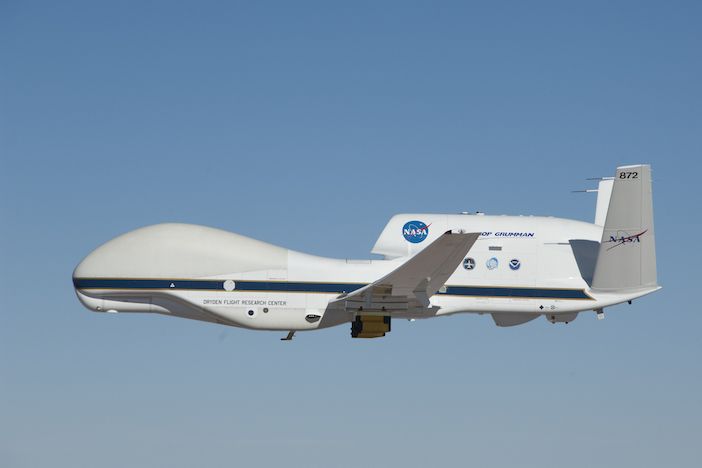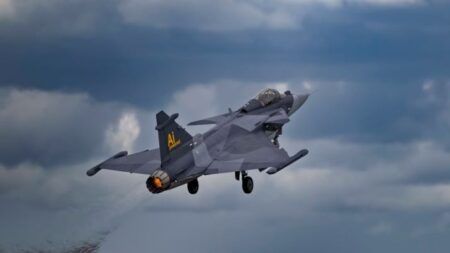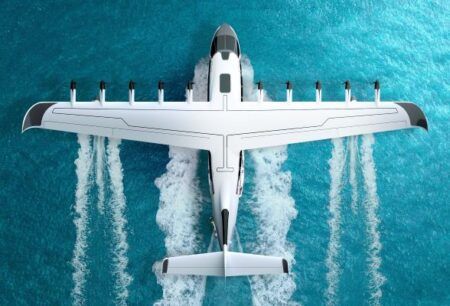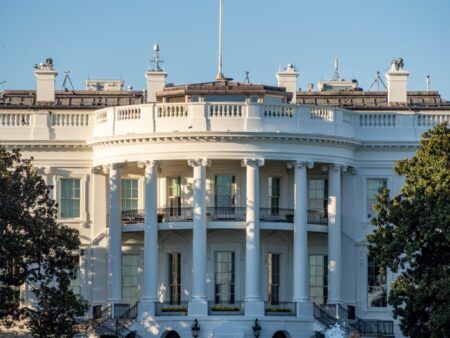Engineer’s from Northrop Grumman have successfully completed a flight control test of one of NASA’s Global Hawk research drones from the Grand Sky facility.
The Grand Sky business and aviation park in Grand Forks, North Dakota is a defense and commercial unmanned aerial vehicle (UAV) testing and training center and hosts one of Northrop Grumman’s North Dakota sites. NASA operates two Global Hawks, which were supplied by Northrop Grumman, to research autonomous flight and meteorological phenomenon such as hurricanes.
The Global Hawk took off from NASA’s Armstrong Flight Research Center (AFRC) in California earlier this month. During the flight, a team in the Grand Sky Transportable Operations Center in Northrup Grumman’s Mission Control Center took control and executed a series of flight maneuvers to demonstrate operational performance. The drone was then landed at NASA’s AFRC at Edwards Air Force Base.
The in-flight test control operation is a first for the Grand Sky facility, which was opened in April 2017.
Kristen Griffin, strategy director of autonomous systems at Northrop Grumman said, “This shows the capability of the Grand Sky team to provide full command and control from our facility. In the near future, we expect to provide full flight test capability to support our government and commercial customers.”
NASA and Northrop Grumman are partnered under an agreement which allows for use of the NASA Global Hawk system to explore new mission capabilities.
The Grand Sky facility is dedicated to developing autonomous systems and related capabilities at the Grand Sky Unmanned Aerial Systems Business and Aviation Park. Northrup Grumman is building a hangar adjoining the facility to take advantage of Grand Sky’s access to the adjacent Grand Forks Air Force Base, home to the RQ-4 Global Hawk high altitude, long endurance autonomous aircraft.





